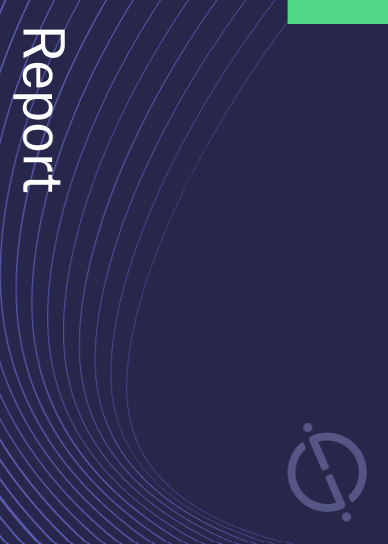LONGi Green Energy Technology has filed a patent for a back-contacting solar cell design. The solar cell includes a silicon substrate with a shadow face divided into a first and second region. A metal-chalcogen-compound layer is deposited within the first region, forming a first-charge-carrier collecting end. A first electrode is provided on the first-charge-carrier collecting end, and a second electrode is provided within the second region. The design allows for efficient collection and transfer of the first charge carrier. GlobalData’s report on LONGi Green Energy Technology gives a 360-degree view of the company including its patenting strategy. Buy the report here.
According to GlobalData’s company profile on LONGi Green Energy Technology, Artificial photosynthesis was a key innovation area identified from patents. LONGi Green Energy Technology's grant share as of September 2023 was 64%. Grant share is based on the ratio of number of grants to total number of patents.
Back-contacting solar cell with metal-chalcogen-compound layer for charge collection
A recently filed patent (Publication Number: US20230238463A1) describes a back-contacting solar cell design. The solar cell includes a silicon substrate that is divided into a first region and a second region. A metal-chalcogen-compound layer is deposited on at least the first region of the silicon substrate, with a portion of the layer corresponding to the first region serving as a first-charge-carrier collecting end. A first electrode is provided on this collecting end, while a second electrode is provided in the region corresponding to the second region.
In one embodiment, the silicon substrate within the second region is doped to form a second-charge-carrier collecting end. The metal-chalcogen-compound layer is deposited on the entire shadow face of the silicon substrate, with a portion corresponding to the second region forming a second-charge-carrier transferring region. The second electrode is correspondingly provided within this transferring region.
Alternatively, the metal-chalcogen-compound layer may be deposited only within the first region, while the silicon substrate within the second region is doped to form a second-charge-carrier collecting end. In this case, the second electrode is provided on the second-charge-carrier collecting end. Another variation involves depositing the metal-chalcogen-compound layer on the entire shadow face of the silicon substrate, but with an opening in the portion corresponding to the second region. A second-charge-carrier selecting layer is formed in this opening, and the second electrode is provided on top of this selecting layer.
The patent also describes various materials and characteristics of the solar cell components, such as the metal-chalcogen-compound layer, the second-charge-carrier selectively-collecting layer, and the tunneling isolating layer. Additionally, the patent includes a method for producing the back-contacting solar cell, which involves depositing the metal-chalcogen-compound layer on the silicon substrate and providing the electrodes accordingly.
Overall, this patent presents a novel design for a back-contacting solar cell, offering potential improvements in efficiency and performance.
To know more about GlobalData’s detailed insights on LONGi Green Energy Technology, buy the report here.
Data Insights
From

The gold standard of business intelligence.
Blending expert knowledge with cutting-edge technology, GlobalData’s unrivalled proprietary data will enable you to decode what’s happening in your market. You can make better informed decisions and gain a future-proof advantage over your competitors.



